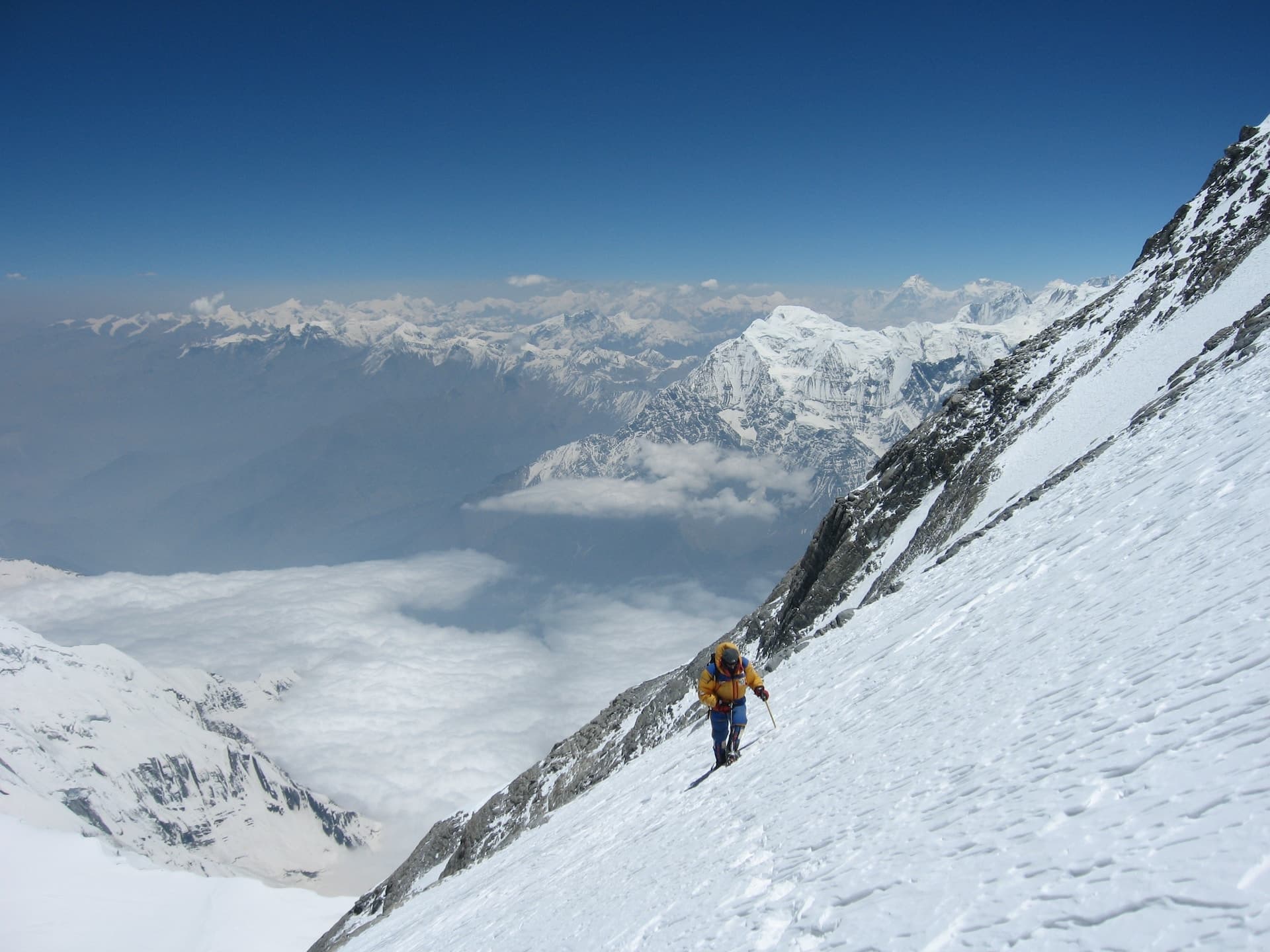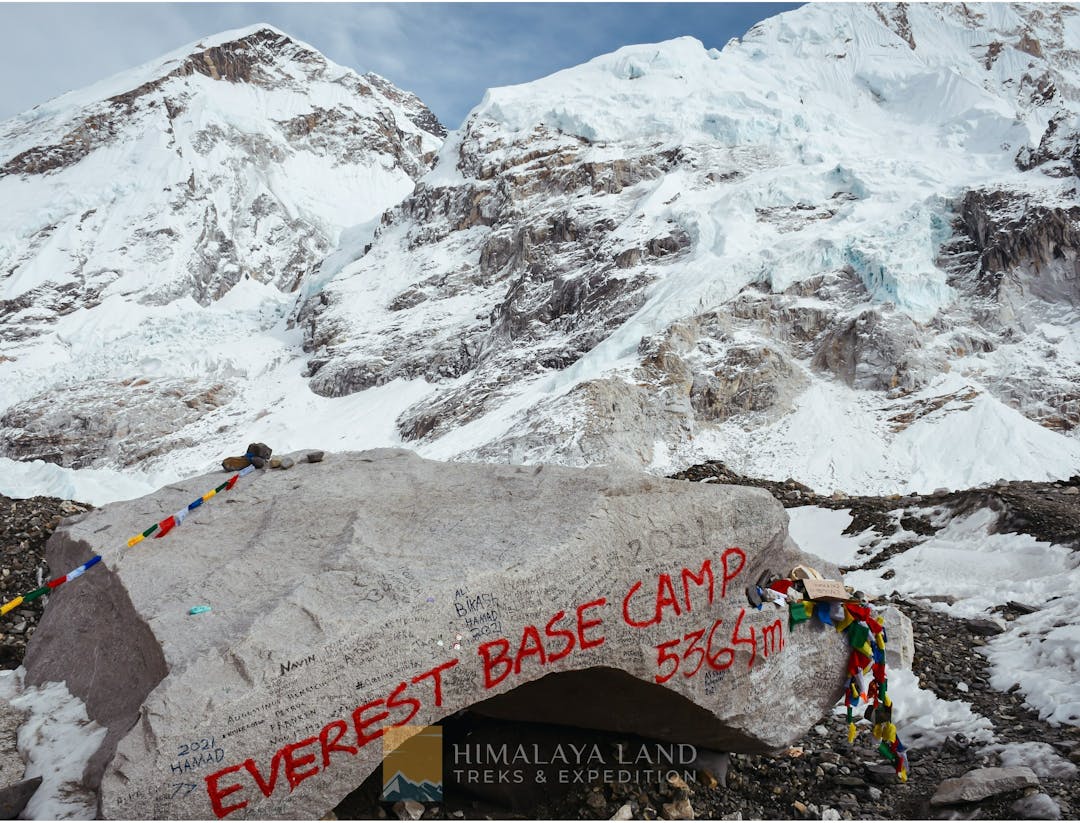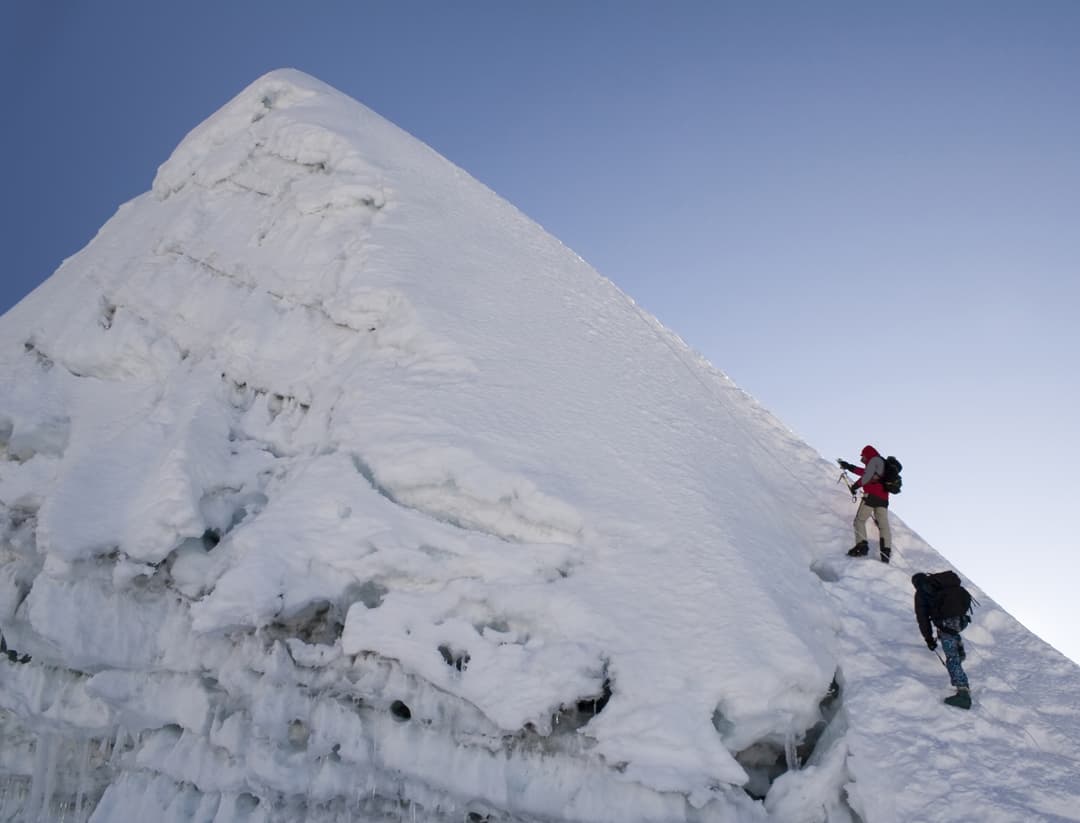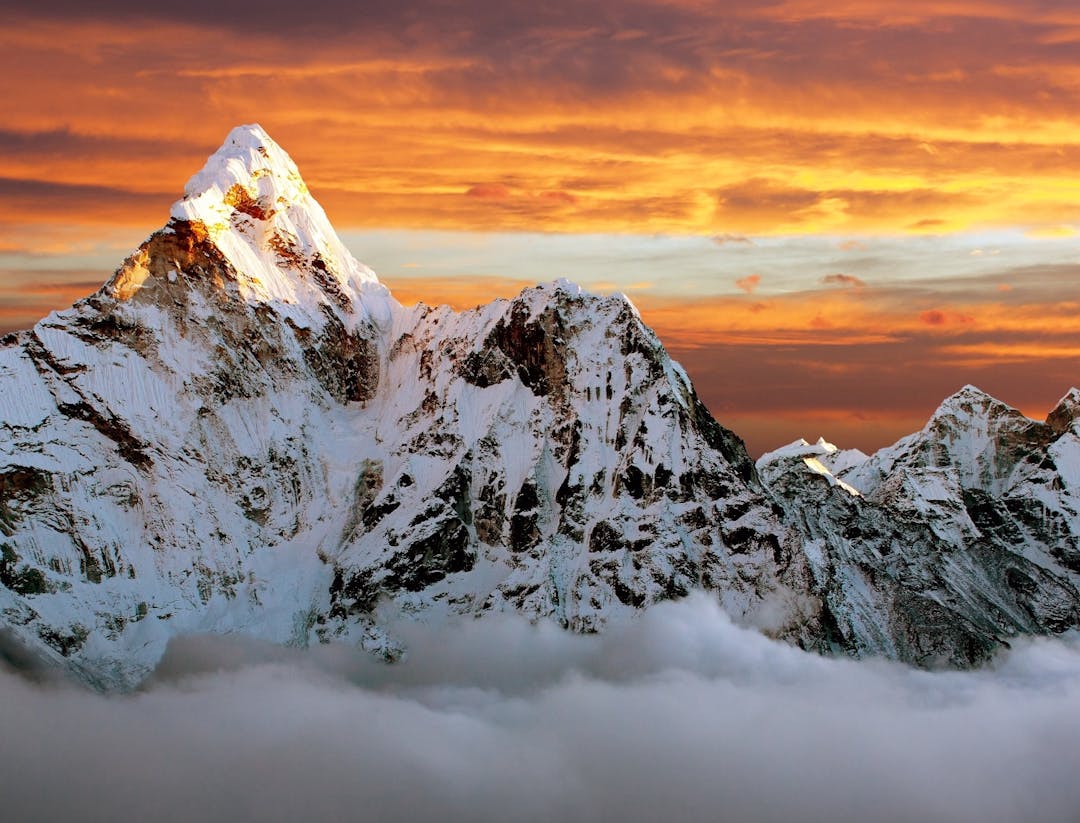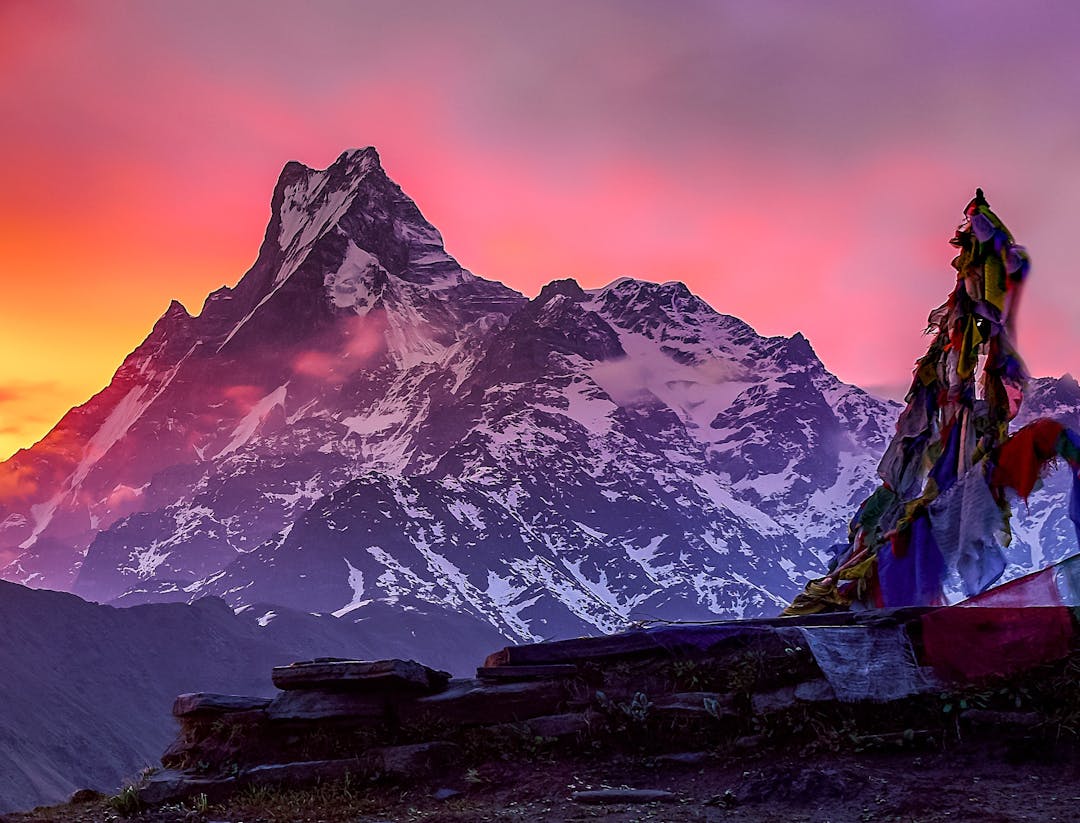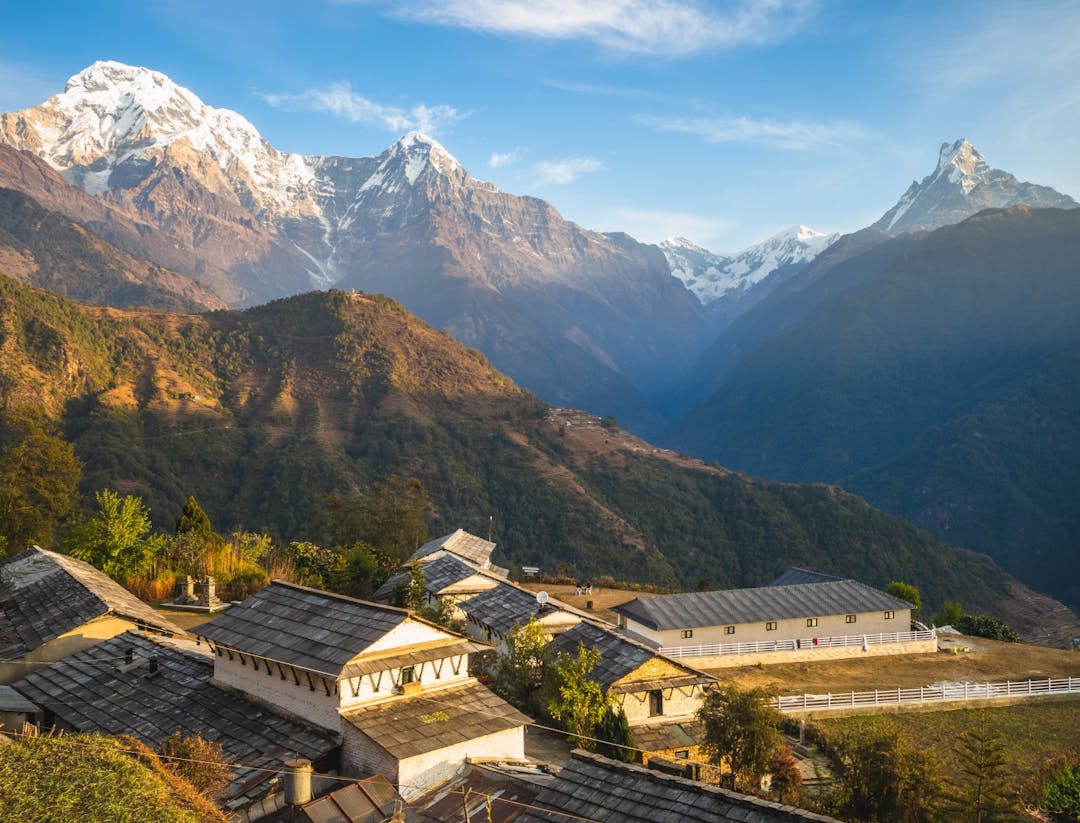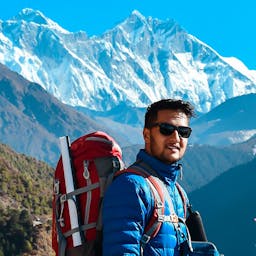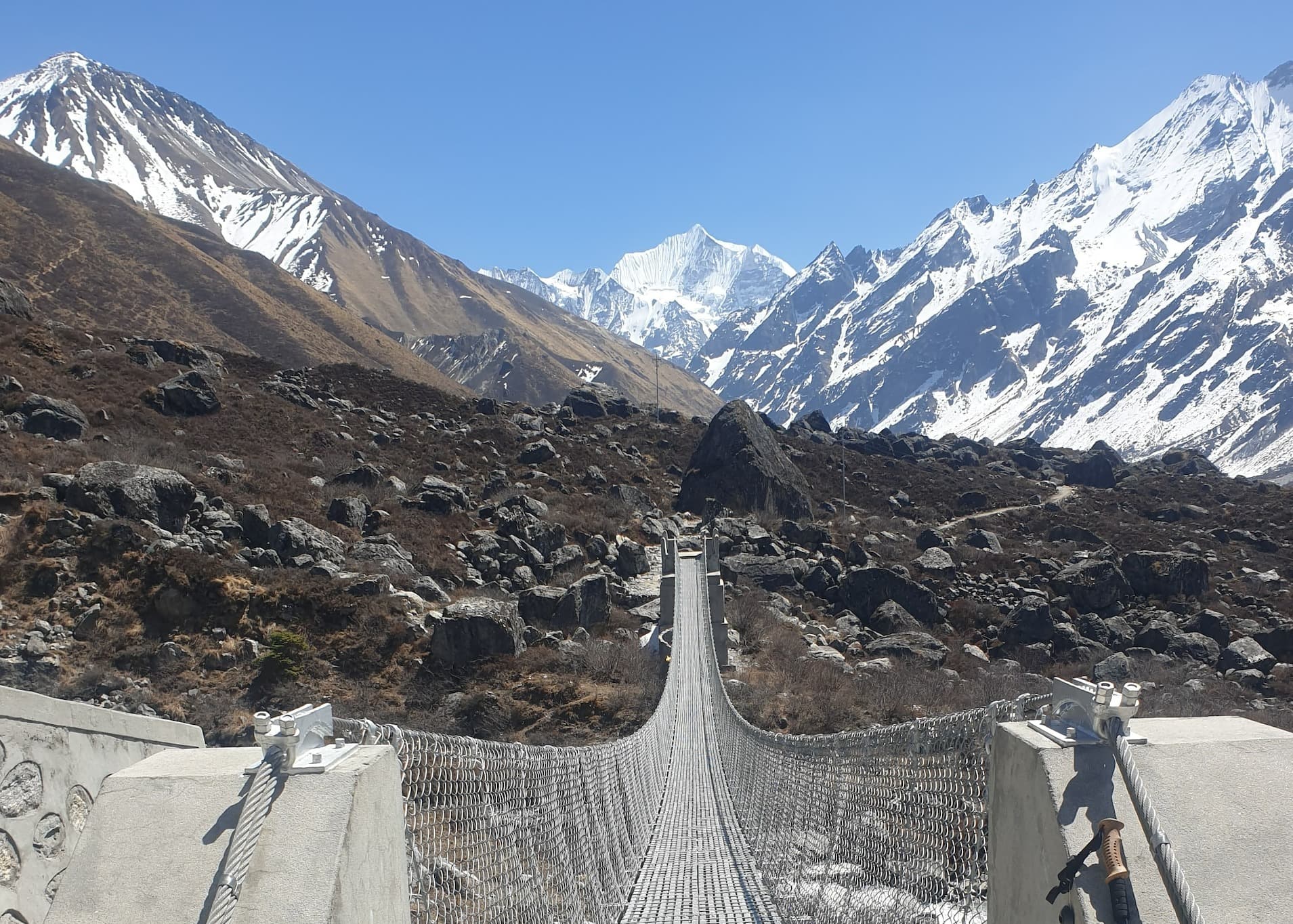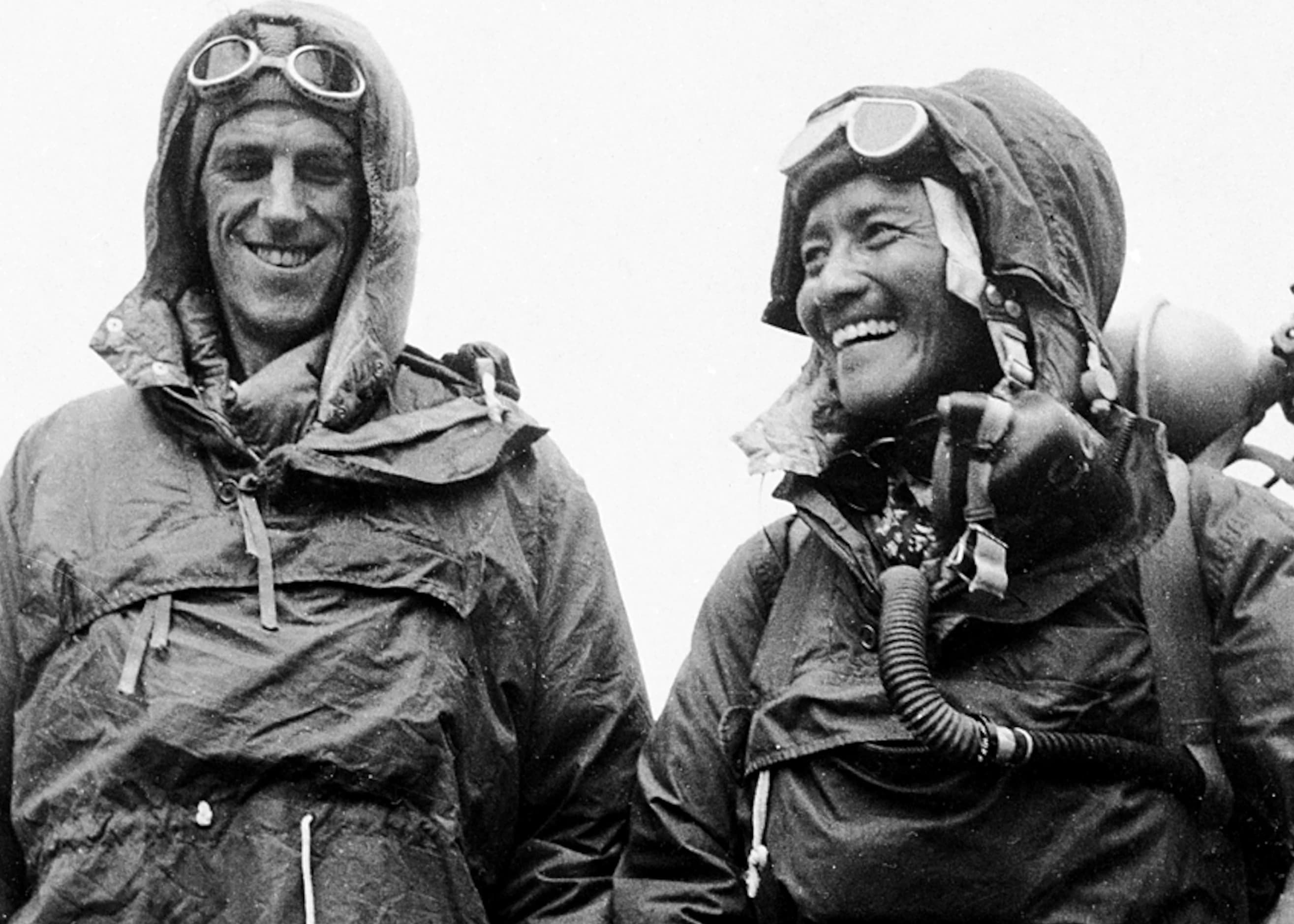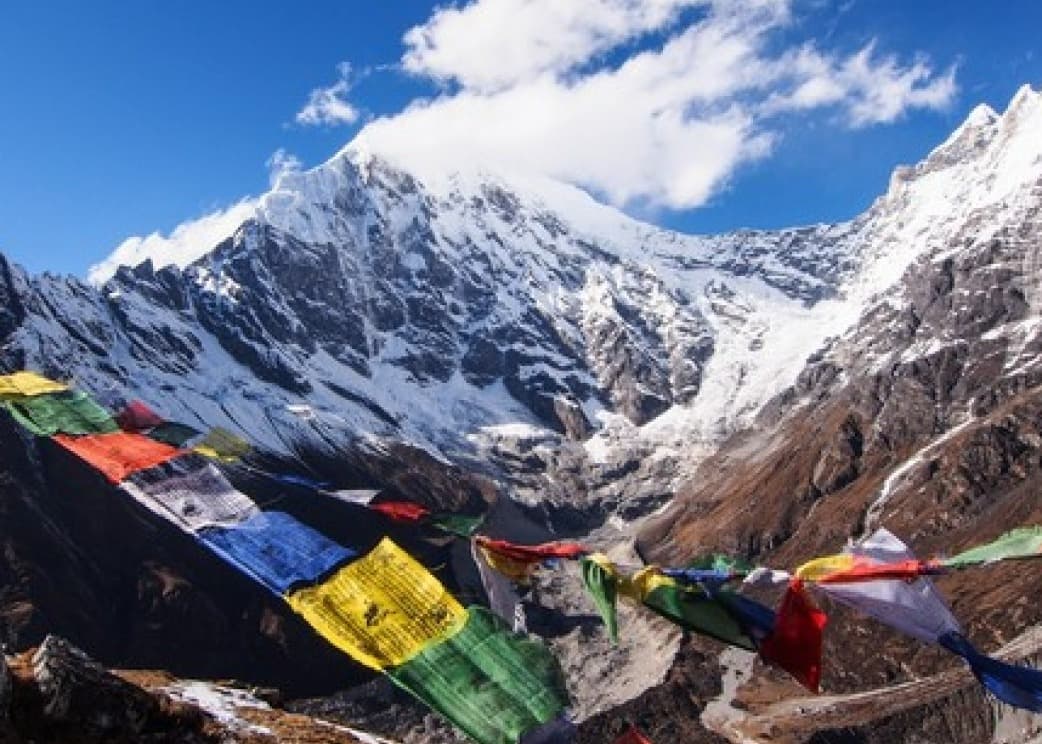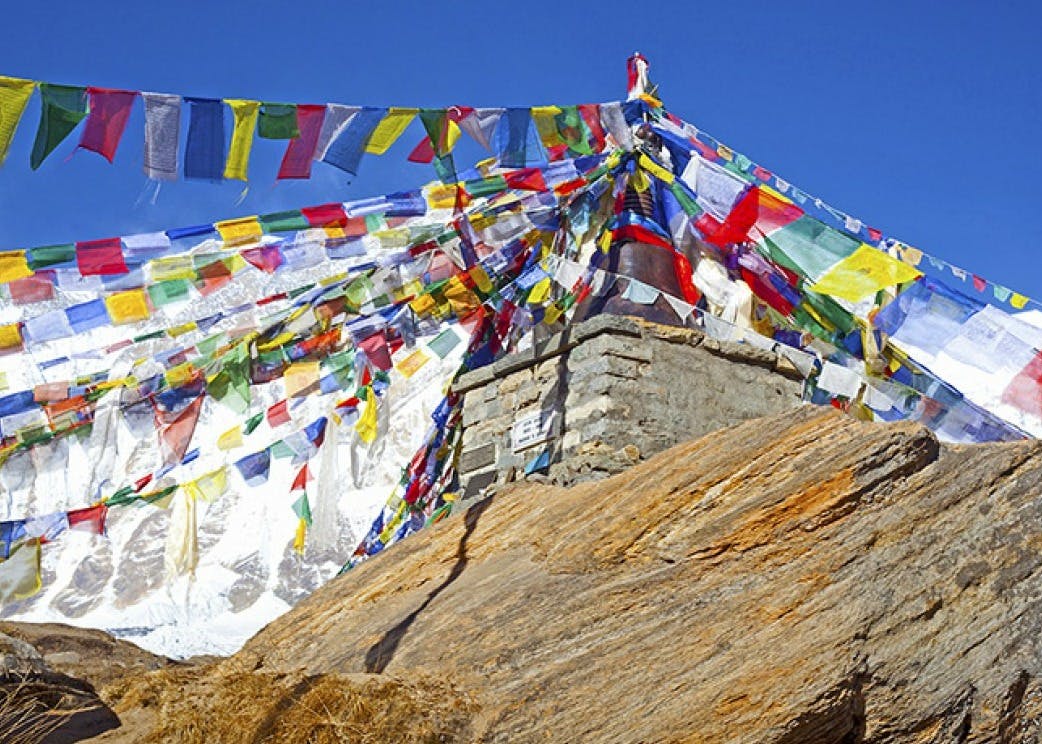- What is Acclimatization?
- What are the risks of rushing to Everest Base Camp?
- Symptoms of Altitude Sickness
- How to prevent altitude sickness while trekking to Everest Base Camp?
- Why is it important to acclimatize when trekking to Everest Base Camp?
- 8 Essential Risk Management Tips for a Safe and Successful Trek to Everest Base Camp
When climbing to the base camp of Mount Everest, proper acclimatization is essential for a safe and successful journey. Rushing the ascent can lead to altitude sickness, which can have serious health consequences. In this article, we discuss the importance of taking time to acclimatize properly during the Everest Base Camp Trek.
We'll explore the science behind acclimatization, share techniques for optimizing the process, and explain why it's critical for avoiding altitude sickness. By taking the necessary time to acclimate, trekkers can maximize their chances of reaching the base camp safely and enjoyably.
Don't rush and put yourself at risk. Instead, follow the acclimatization guidelines outlined in this article for a safe and successful journey to Everest Base Camp.
What is Acclimatization?
Acclimatization refers to the physiological changes that occur in our bodies in response to environmental stressors such as changes in altitude, temperature, and humidity. Acclimatization is the process of adapting to high altitudes by gradually increasing your exposure to altitude. The process involves spending several days at increasing altitudes to allow your body to adjust to the decreased oxygen levels. This process allows your body to produce more red blood cells, which can carry more oxygen to your muscles and organs. This gradual adaptation helps to prevent altitude sickness and other high altitude-related illnesses.
What are the risks of rushing to Everest Base Camp?
Rushing to Everest Base Camp Trek can have serious consequences. The trek to Base Camp is challenging and requires a significant amount of physical and mental stamina. Trekkers who rush the ascent are more likely to experience AMS, which can ruin the trekking experience and even lead to medical evacuation.
Furthermore, rushing to Base Camp can also put a strain on the body, increasing the risk of other health conditions like dehydration, exhaustion, and hypothermia. Trekkers who are not properly acclimatized are also more susceptible to injuries due to fatigue and poor judgment.
Symptoms of Altitude Sickness
Altitude sickness, also known as acute mountain sickness (AMS), can occur when ascending to high altitudes, such as Everest Base Camp. Symptoms of altitude sickness can range from mild to severe and can include:
- Headache
- Nausea and vomiting
- Dizziness or lightheadedness
- Fatigue or weakness
- Loss of appetite
- Shortness of breath or difficulty breathing
- Rapid heart rate
- Insomnia or difficulty sleeping
- Swelling of the hands, feet, or face
- Confusion or disorientation
It's important to recognize the symptoms of altitude sickness and take action if you experience any of them. If you experience mild symptoms, resting at your current altitude and allowing your body time to acclimate may be sufficient. However, if symptoms are severe or worsening, you should descend to a lower altitude immediately and seek medical attention.
How to prevent altitude sickness while trekking to Everest Base Camp?
Descend to Lower Altitudes: If symptoms of altitude sickness worsen or become severe, descending to lower altitudes is the primary treatment. This allows your body to regain sufficient oxygen levels and alleviate symptoms.
Oxygen Therapy: In severe cases of altitude sickness, supplemental oxygen may be necessary. Portable oxygen cylinders or oxygen concentrators can help relieve symptoms and stabilize your condition.
Medications: In consultation with a healthcare professional, certain medications such as acetazolamide or dexamethasone may be prescribed to alleviate symptoms and facilitate acclimatization.
Rest and Hydration: Adequate rest and hydration are essential components of altitude sickness treatment. Ensure you consume plenty of fluids and allow your body time to recover before resuming your trek.
Seeking Medical Assistance: If symptoms persist or worsen despite descending and other measures, it is crucial to seek medical attention immediately. Medical professionals at lower-altitude clinics or hospitals can provide further evaluation and appropriate treatment.
By following these preventive measures and promptly addressing symptoms, you can significantly reduce the risk of altitude sickness and ensure a safe and enjoyable trek to Everest Base Camp. Remember, your health and well-being should always be the top priority.Bottom of Form
Why is it important to acclimatize when trekking to Everest Base Camp?
Prevents altitude sickness: Acclimatization is the most effective way to prevent altitude sickness. By spending a few days at lower altitudes, your body has time to adjust to the reduced oxygen levels, which can reduce the risk of developing altitude sickness when climbing higher.
Increases chances of success: Proper acclimatization can increase your chances of reaching Everest Base Camp and enjoying the trek. If you don't acclimatize properly, you may develop altitude sickness, which can force you to descend to lower elevations or even abandon the trek altogether.
Promotes safety: Acclimatization is critical to ensuring the safety of yourself and others when trekking to Everest Base Camp. AMS can lead to life-threatening conditions, and it's important to recognize the symptoms and take action if you experience them. By acclimatizing properly, you can reduce the risk of developing AMS and ensure a safe and successful trek.
Improves physical performance: Acclimatization can also improve your physical performance when trekking to Everest Base Camp. When you acclimatize properly, your body produces more red blood cells, which can improve your body's ability to transport oxygen to your muscles. This can help you trek more efficiently and reduce the risk of exhaustion and injury.
Provides an opportunity to rest and enjoy the scenery: Acclimatization also provides an opportunity to rest and enjoy the beautiful scenery of the Himalayas. By spending a few days at lower elevations, you can take time to relax and explore the surrounding areas before continuing your trek to Everest Base Camp.
8 Essential Risk Management Tips for a Safe and Successful Trek to Everest Base Camp
Plan ahead:
Before embarking on your trek, research the route, weather conditions, and other important information. Make sure you have a detailed itinerary and share it with someone back home. Hire an experienced guide and porter, and make sure they are properly equipped and trained.
Acclimatize properly:
As we mentioned earlier, acclimatization is crucial to avoid altitude sickness. Make sure you allow enough time for acclimatization, and don't ascend too quickly. Plan for rest days and gradual ascents to help your body adjust to the altitude.
Stay hydrated and well-fed:
Dehydration and malnutrition can exacerbate altitude sickness and other health issues. Make sure you drink plenty of water and eat nutritious meals throughout your trek.
Dress appropriately:
Weather conditions can be unpredictable in the mountains, so it's important to dress in layers and bring appropriate gear. Make sure you have warm and waterproof clothing, as well as sturdy boots and a hat to protect against the sun.
Carry a first aid kit:
It's important to have a well-stocked first aid kit with you on your trek. Include items such as bandages, pain relievers, and any medication you need to take regularly.
Be aware of your surroundings:
The mountains can be dangerous, so it's important to be aware of your surroundings at all times. Watch for signs of avalanches, rockfalls, and other hazards, and avoid risky behaviors like solo hiking or leaving the trail.
Stay connected:
Make sure you have a way to communicate with the outside world in case of emergency. Carry a fully charged phone or other communication device, and make sure you have the phone numbers of emergency services and your embassy or consulate.
Respect local customs and regulations:
When trekking in nepal, it's important to respect the local customs and regulations. Make sure you obtain any necessary permits or visas and be respectful of local culture and traditions.
Acclimatization is a crucial part of any high-altitude trek, especially if you are trekking to Everest Base Camp. Rushing can be dangerous and can lead to altitude sickness, which can have severe consequences. It's important to take the time to acclimatize properly and follow the tips mentioned in this article for a safe and enjoyable trekking experience.

